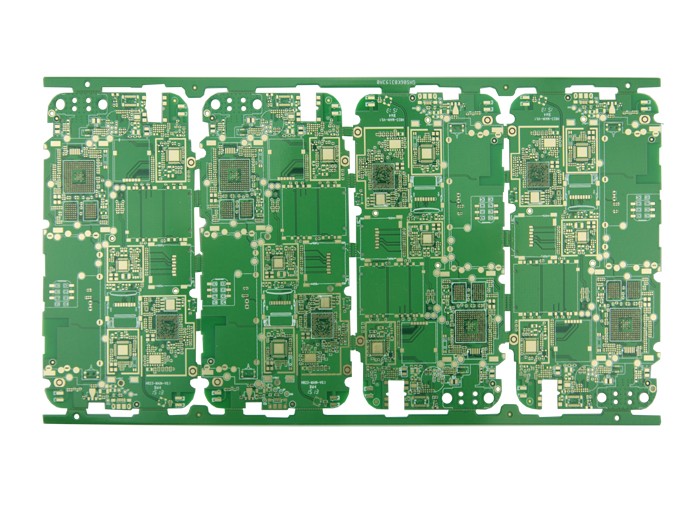Reasonable use of multi-layer boards for PCB wiring

In the actual design process of the PCB board, most engineers will choose to use a multilayer board to complete the high-speed signal wiring work. This multilayer board is not only an indispensable part, but also an effective means to help engineers reduce circuit interference. When using multi-layer boards to complete the high-speed signal circuit design of the PCB, engineers need to choose the number of layers reasonably to reduce the size of the printed board, make full use of the intermediate layer to set up the shield, and achieve the nearest grounding, which can effectively reduce the parasitic inductance and shorten the signal transmission. Length, reducing cross-interference between signals, etc., all these methods are very beneficial to the reliability of high-speed circuits.
In addition to the several methods mentioned above to improve the reliability of PCB signal transmission by using multi-layer boards, some authoritative data shows that the noise of a four-layer board is 20dB lower than that of a double-sided board with the same material. The fewer leads are bent, the better. It is better to use a full straight line, which needs to be turned. You can use a 45-degree polygonal line or a circular arc to reduce the external transmission and mutual coupling of high-speed signals, and reduce signal radiation and reflection.
The shorter the lead between the pins of the high-speed circuit device, the better
In the process of designing and routing PCB high-speed signal circuits, engineers need to shorten the leads between the pins of high-speed circuit devices as much as possible. High-speed circuit systems reflect, oscillate, etc.
In addition to shortening the leads between the pins of the high-speed circuit components as much as possible, in the PCB wiring process, the alternate between the lead layers between the pins of each high-speed circuit device, the better, that is, the components used in the process of connecting The fewer holes the better. Generally speaking, a via can bring about 0.5pF distributed capacitance, which will result in a significant increase in the delay of the circuit. At the same time, high-speed circuit wiring should pay attention to the "cross-interference" introduced by the close parallel routing of signal lines. If parallel distribution cannot be avoided, a large area of "ground" can be arranged on the opposite side of the parallel signal lines to reduce interference. On two adjacent layers, the routing directions must be perpendicular to each other.
Implement ground wire surround for particularly important signal lines or local units
In the process of PCB layout design, engineers can use the grounding method for some very important signal lines. They can add the peripherals at the same time as the signal lines that are not susceptible to interference such as clock signals and high-speed analog signals. To protect the ground wire, sandwich the signal wire to be protected. Because in the design process, various signal traces cannot form a loop, and the ground wire cannot form a current loop. However, if a loop wiring circuit is generated, it will cause a lot of interference in the system. The wiring method that the ground wire surrounds the signal wire can effectively avoid the formation of loops during wiring. One or several high-frequency decoupling capacitors should be installed near each integrated circuit block. A high-frequency choke link should be used when the analog ground wire, digital ground wire, etc. are connected to the public ground wire. Certain high-speed signal lines should be specially processed: differential signals must be on the same layer and as close as possible to parallel traces. Differential signal lines are not allowed to insert any signals and require equal length.
In addition to the several design methods mentioned above, when designing PCB signal wiring, engineers should also try to avoid branching of high-speed signal wiring or forming tree stumps. High-frequency signal lines on the surface are prone to generate large electromagnetic radiation. Wiring high-frequency signal lines between the power supply and the ground wire will reduce the radiation generated by the absorption of electromagnetic waves by the power supply and the bottom layer.